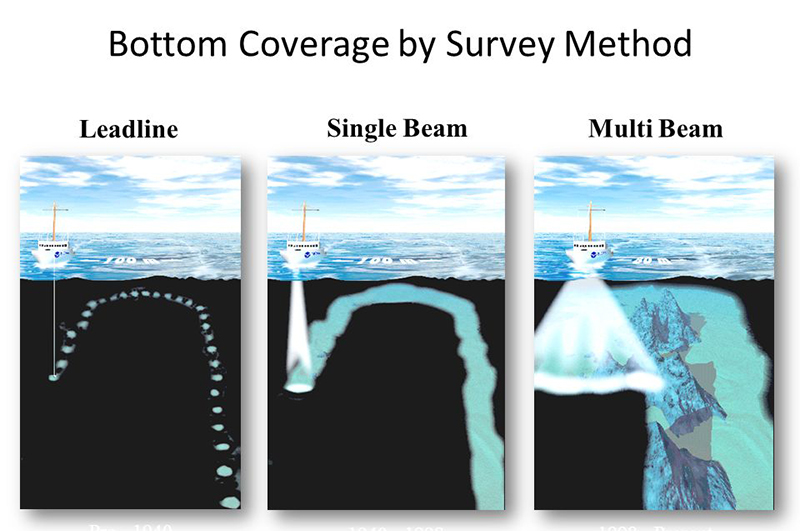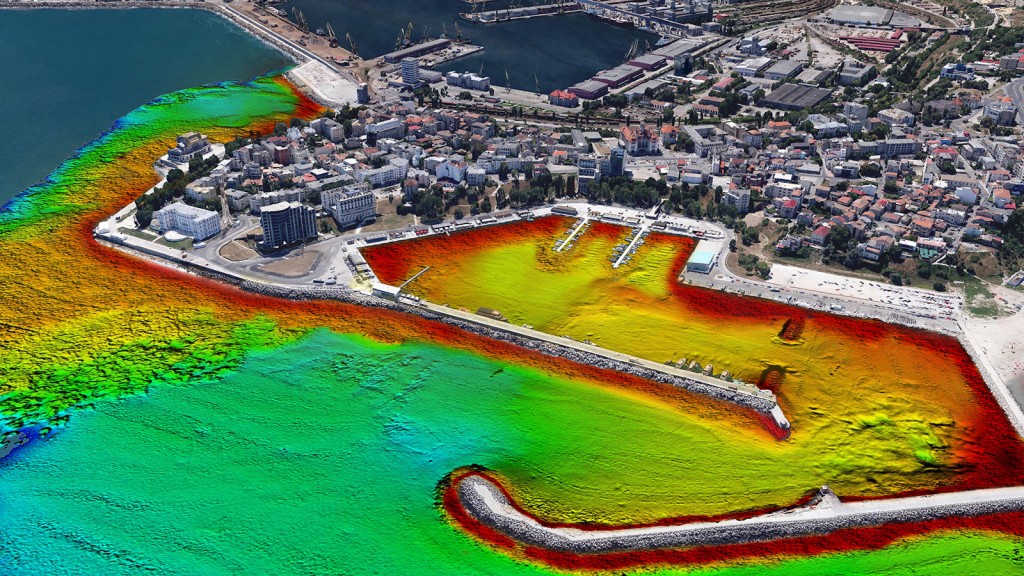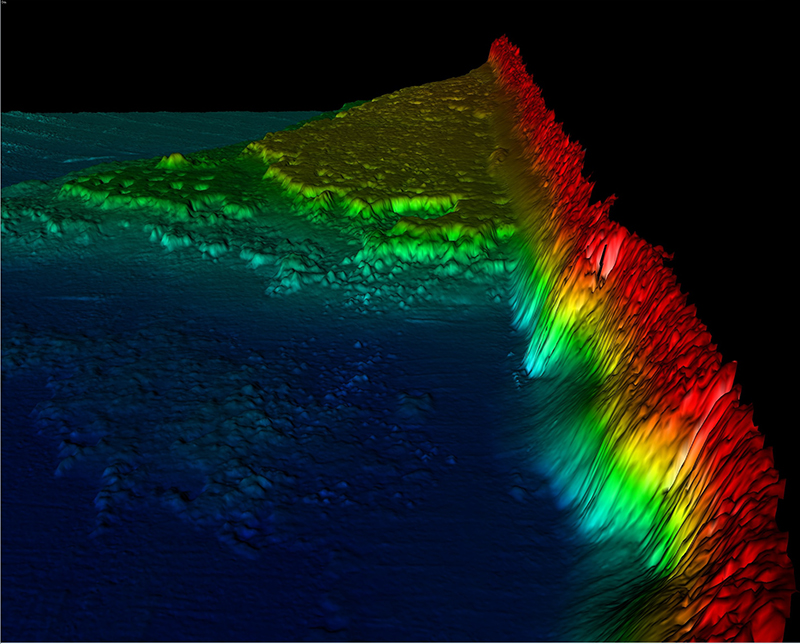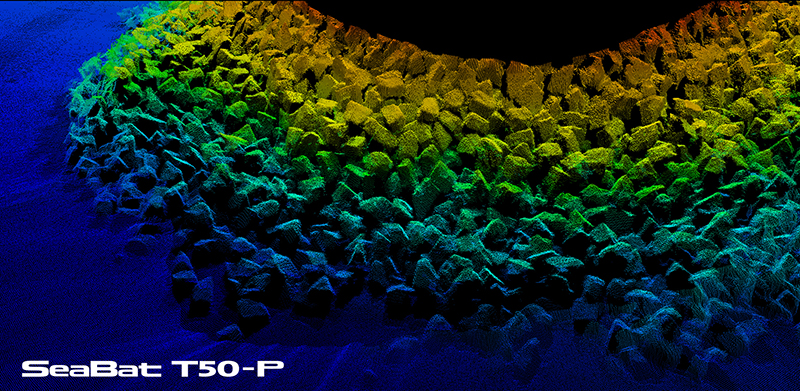MarinaReservation.com had the pleasure of interviewing Dr. Ungureanu, technical manager of Marine Research Ltd., a company with activities in Black Sea area and surroundings, specialized in underwater acoustics.
MarinaReservation: Dr. Ungureanu, please tell us more about the new technologies available for water depth measurements and how they can be useful for marina management.
Dr. Ungureanu: First of all, I would like to emphasize that the technologies I am going to talk about, are roughly quite conventional. The novelty consists in the development, for the last few years, of smaller and smaller devices that can handle shallower and shallower waters. I speak about bathymetry survey but also about other underwater acoustic applications. The sonars have been around for more than 60 years, but the multibeam technology that took over the deep water bathymetry market in the ‘80s, got small enough and now can be mounted on inflatable or radio-controlled boats. The resolution also increased fantastically, therefore in shallow waters as found in a marina, more details are visible on recordings besides water depth. And I am thinking about debris, mooring anchors and berth status.
MR: Many skippers have shared with me their interest for highly accurate water depth charts. I have a few friends whose boat got some serious hull damage after hitting some rocks a mile away from shore although they had the latest version of navigation chart.
Dr. Ungureanu: It is a pity, but single beam sonar maps are still used often to make navigation charts. Don’t get me wrong, this type of sonar is useful in terms of cost efficiency and fast area coverage and even the international hydrographic standards trust them for very deep water, but on coastal areas only full coverage maps can be trusted. There is an illustration from NOAA (National Oceanic and Atmospheric Administration – United States) that explains very well this issue, I will provide it to you to add it on the interview. As you can see, a single beam survey might miss important obstacles for navigation that are revealed only by using multi beam sonars.

MR: Now I see what you want to point out.
Dr. Ungureanu: I would totally recommend a full coverage for small areas especially since modern sonars can measure a portion of seabed at one pass that is even 12 times the water depth, so the survey time is similar to the classic approach. Also, if using interferometric sonars, the sonar can measure up to the waterline, and by surveying at regular time spans with full coverage, sediment movement and dredging works can be monitored. For dredging works I also recommend sub-bottom profiler, which is a different type of sonar that investigates the in depth structure of sediments. In this way sediment infill and hard, rocky bottoms beneath the sediments can be tracked. They are of particular interest in case of berth extension or building new marinas. For instance, buried objects such as pipelines and cables can be found using this method. For inventorying harbour litter I advise to use side-scan sonar, which is similar to taking pictures of the seafloor, but using sound instead of light due to the lower water visibility.
MR: Could you provide me an example of what can be seen and how?
Dr. Ungureanu: It depends on your application. For harbour litter or mooring anchors you can get the exact position, size and image of the objects with a resolution of up to 1 centimeter. If there is a need for photo image, small size ROVs, underwater robots for video inspections can be used too. After you have these data it is much easier to send divers to work or to use other methods to remove the litter.
MR: Dr. Ungureanu, I would like to thank you for your time and sharing this information with MarinaReservation.com.
Dr. Ungureanu: The pleasure is mine.



